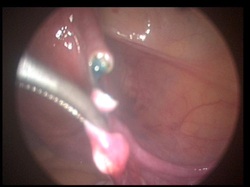
Laparoscopic reversal of sterilisation is not a new procedure. The first report of this procedure was published in medical literature in 1989
Female sterilization is the commonest permanent method of sterilization in the world. Most women having decided to be sterilized are happy with their decision. The commonest contributors to regret at being sterilized are
- Sterilization at a young age (under the age of 30)
- Pressure from partner
- Not in a stable relationship at the time of sterilization.
And with most things in life circumstances may change, and women may either decide to add to their existing family or may meet a new partner with whom they would like to start a family.
If and when this happens they need to decide between either IVF (in-vitro fertilization) or to have their sterilization reversed.
To both of these groups of women reversal of sterilization or IVF will not be available on the NHS so cost may be an issue.
Advantages of Laparoscopic sterilisation
One of the advantages of reversal of sterilization is the fact that if it is successful it can be used more than once at no extra cost.
Success rates
If women decide to have the sterilization reversed success rates are between 47-80% and will depend on:
1. How the original sterilization was performed.
This determines the amount of tube available for the reversal.
- The shorter the length of tube the less likely the reversal to be successful.
- The commonest circumstance for this to be the case is if the original sterilization was carried out at Caesarean section.
2. Age at time of reversal
- The older you are at the time of reversal the lower the fertility rate.
- Fertility generally decreases after the age of 35years
- Over the age of 40 years, pregnancy rates fall and the rates of miscarriage and ectopic pregnancy increase.
3. Any other pathology in the pelvis that may impair fertility
4. Partners ability to make you pregnant
- This depends on partner’s semen analysis, which should be performed even if partner has children from a previous relationship.
Previously the gold standard was open surgery but nowadays reversal of sterilization can be carried out as a day case procedure in the majority of women provided they meet the criteria by laparoscopic keyhole surgery.
It has the advantage of using microsurgical techniques and the tubes are clearly visualized and handled with delicate instruments to improve success rates.
Pregnancy after reversal of sterilization
- The majority of women achieve pregnancy within a year of reversal.
- The advice is to try for pregnancy spontaneously if ovulation is not a problem otherwise your doctor may prescribe medication to aid ovulation (commonly clomid)
- If pregnancy is not achieved within 6 months you may be advised to have a test to check whether your fallopian tubes are still open. If they are continue to try spontaneously.
- If your tubes are found to be blocked the next course of action may be IVF.
As with open surgery the main thing to look at after the reversal is the risk of ectopic pregnancy, which may be as high as 6%
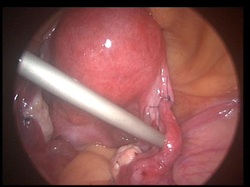
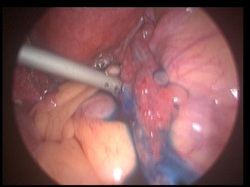
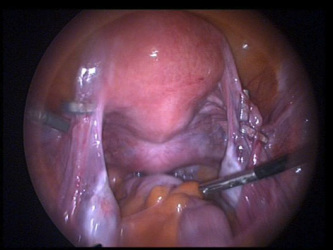
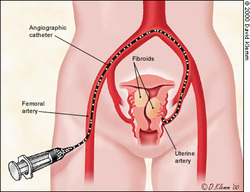

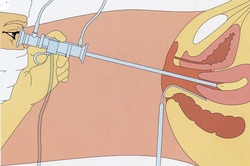
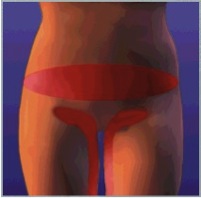








 RSS Feed
RSS Feed